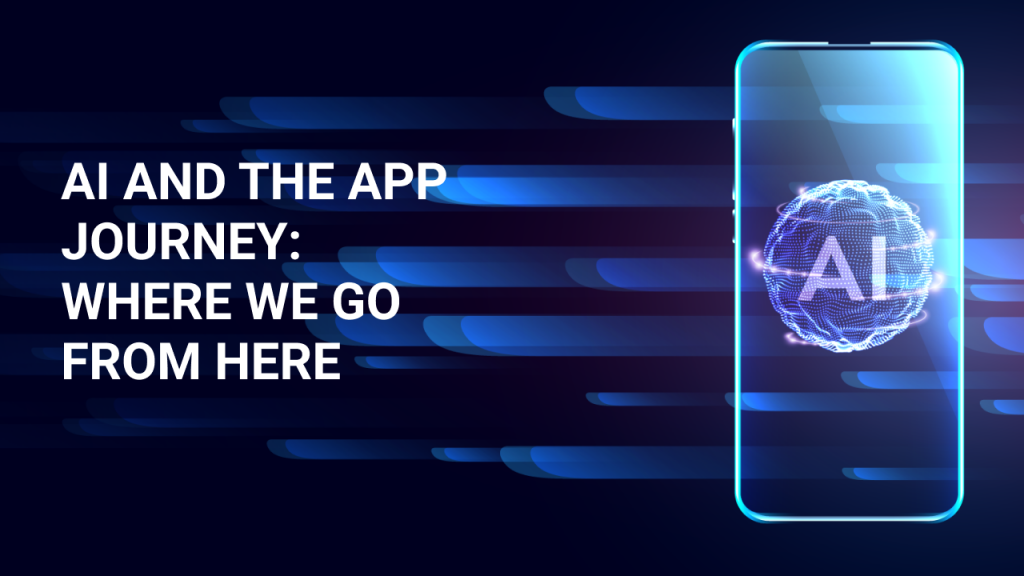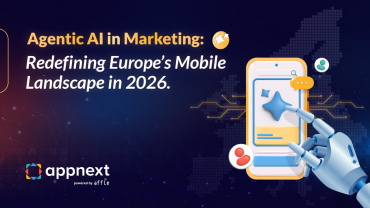The average person looks at their mobile phone a hundred times a day. It is estimated there are at least three billion smartphone users worldwide, which means billions of hours are spent scrolling through millions of apps every single day. In fact, we are on our devices so much – more than three hours for most people – that the time spent looking at our phones effectively comes second only to the time we spend at work in our waking hours. Of course, none of this is particularly surprising, especially for those of us who work in the mobile apps industry, but it does encapsulate why it is so important for us to understand smartphone users. When we truly understand our audience, we are in a better position to meet their needs on their daily mobile journey.
When Appnext introduced its Timeline Technology five years ago we knew this kind of innovation would help our clients target their users more effectively. Our AI technology uses behavioral patterns and predictive analytics to offer an app discovery solution to users exactly when they need it during their day. For example, take someone’s average 24 hours: they wake up in the morning; they listen to the news or music as they’re getting ready; they take public transportation to work; they have lunch in the afternoon and grab a salad from a nearby cafe; they travel home with their headphones in; they squeeze in a quick home work-out; they take a taxi to meet friends or they order in because they don’t have the time to cook; they scroll through social media before going to sleep again. Amid this routine, there are countless opportunities for an app marketer to engage users on their mobile odyssey. At every key moment, a recommendation can be delivered – a taxi app, a food delivery service, or a fitness tutorial. By utilizing real-time data from the user and predicting what they are likely to be doing at any given moment, the Appnext ‘Timeline’ allows marketers to serve users with the most relevant suggestions, thus increasing engagement and leaving a lasting user impression.
The ability to predict users’ needs is key to Appnext’s development strategy. Something that has become evident over the last few years is that people no longer simply want a personalized mobile experience, but they have come to expect it. They demand a mobile journey that is expressly tailored for them and if they do not get it, there will be a loss in engagement. Consider the mobile touchpoint progress that has been made. Appnext solutions allow app developers and mobile operators to continually engage with users at every stage in their day; the average user interacts with Appnext device-level app recommendations 20+ times a day throughout his daily mobile journey.
Now the question is how we can increase this figure. One solution is to devise ways of capitalizing on the use of intelligent technology to hone users’ experience and adapt this technology to their needs.
Acquisition is where the user relationship begins. In today’s crowded app market, it is more and more of a challenge to grow organic installs. However, demand for new apps is still growing despite the sheer scale of competition in app stores. In 2020, there was a 7% year-on-year increase with 218 billion downloads registered, according to AppAnnie figures. Customization is paramount at the acquisition stage. The process is more successful if you are delivering your app at a critical decision-making point in a user’s day. If a recommendation is delivered when it is truly needed, there is a much greater chance the acquisition process will be completed: the user will register an account, make a search, or enter credit card details and purchase something.
Retention is the next step: here our technology achieves its full impact in keeping users engaged. By learning about the user we can tailor their experience to increase the usefulness and enjoyment of the app.
Re-engagement drives are often needed by some of the biggest apps in the world. Dormant users do not have to stay that way if active steps are taken to draw them back in. Reminding a user of a particular service they used before and recommending it at the relevant time is a personalized approach to ensuring a user comes back to an app.
It is clear that personalization is the surest way of increasing touchpoints. At the core of Appnext strategy for providing users’ engagement is to develop and utilize innovative technology that powers app marketers, mobile carriers and OEMs to understand their users’ needs. Mobile devices are an integral part of our daily life and the mobile experience needs to be as individual as we are.




Comments are closed.